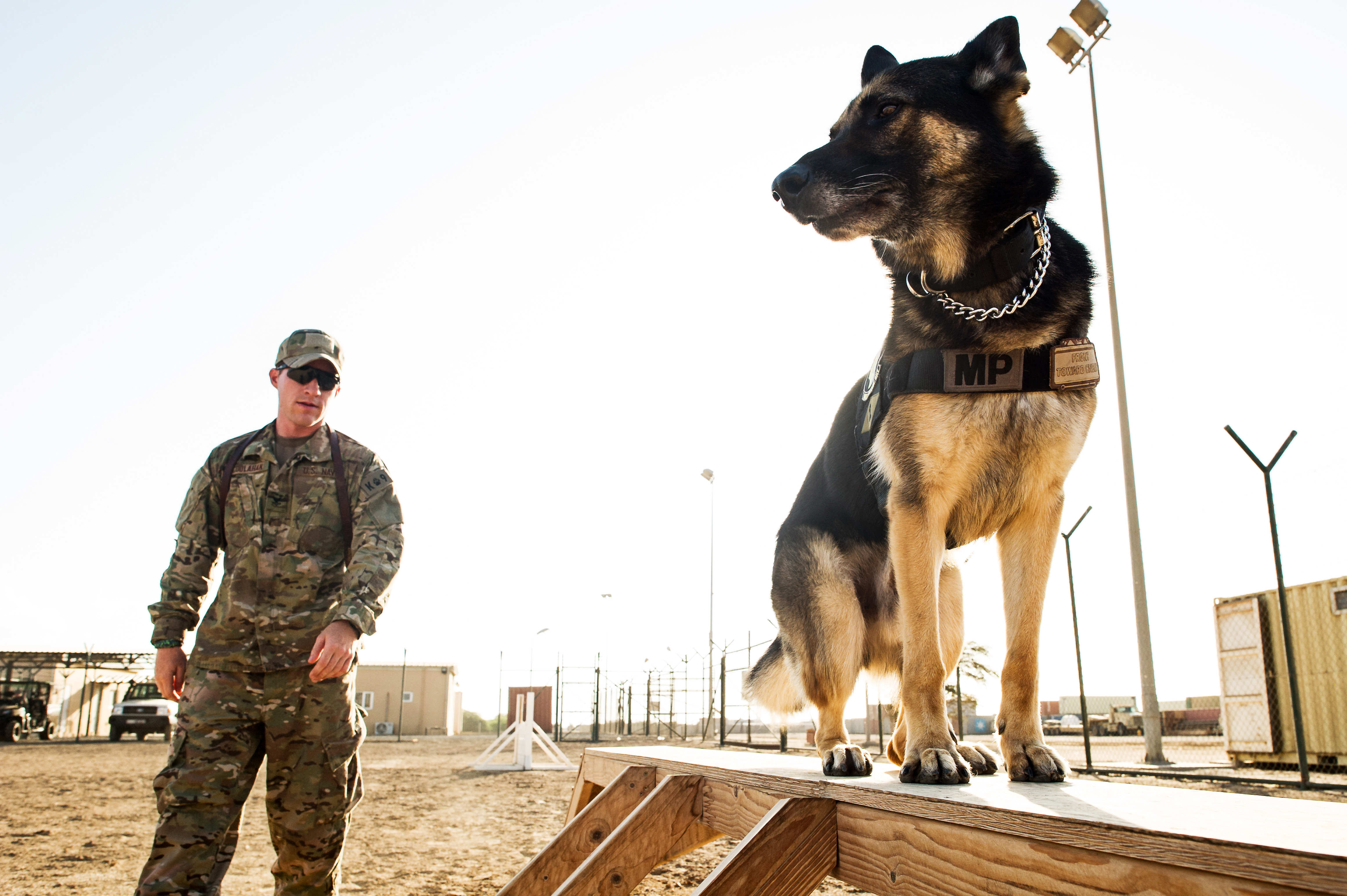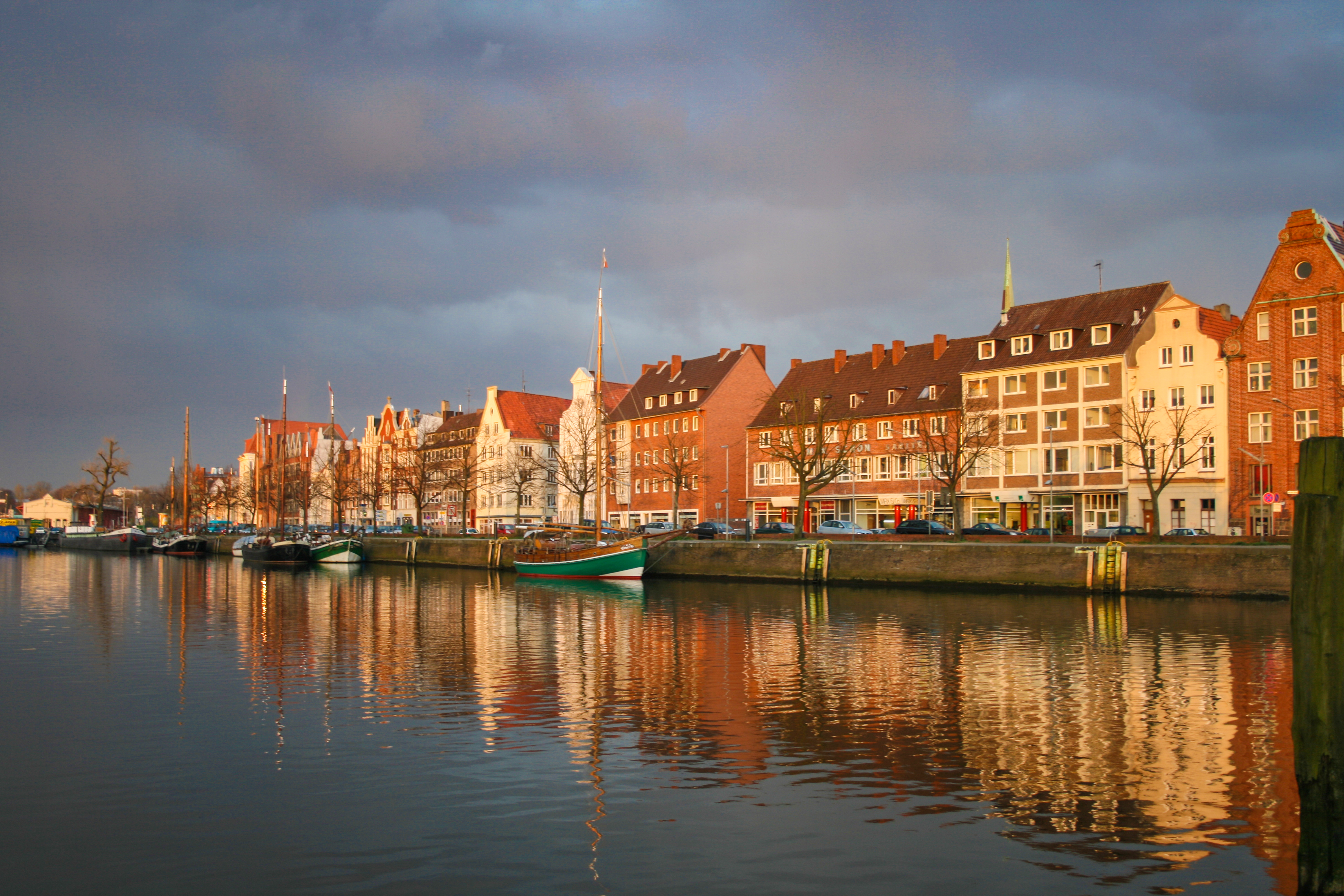|
Klein Rönnau
Klein Rönnau is a municipality in the district of Segeberg, in Schleswig-Holstein, Germany. On an Area of live about 1600 people. There are three car workshops, several doctors, supermarkets, and numerous clubs for riding, dog training, and the sportsclub in Klein Rönnau. Most of the inhabitants are Protestants or non-religious. Klein Rönnau is between the lakes Großer Segeberger See, Ihlsee, Klüthsee and the Trave river. It is surrounded by smooth hills, formed by the last ice age, which are partially covered with woods. Until the 1950s agriculture was the biggest employer, and most of the inhabitants earned their wage within the village. The municipality-crest is related to that time. The blue background reflects the water of the lakes and the rivers, the corn is a reminder of the agricultural history and the naturally grown power, and the wheel halves represent movement, momentum and drive. Today most of the people work in Bad Segeberg, Lübeck or Hamburg, and farming h ... [...More Info...] [...Related Items...] OR: [Wikipedia] [Google] [Baidu] |
Segeberg
Segeberg (; frr, Segebärj) is a district in Schleswig-Holstein, Germany. It is bounded by (from the southwest and clockwise) the districts of Pinneberg, Steinburg and Rendsburg-Eckernförde, the city of Neumünster, the districts of Plön, Ostholstein and Stormarn, and the city state of Hamburg. History The history of the district is connected with the history of Holstein. In 1134 the castle of Segeberg was erected as a regional centre from where the reeve of Segeberg ruled. When Schleswig-Holstein became a Prussian province in 1865, the Prussian administration established the district of Segeberg. Since then the district has considerably grown twice: In 1932 parts of the dissolved district of Bordesholm joined the district; and in 1970 the city of Norderstedt became part of the district. Geography The district of Segeberg consists of the agricultural plains between the cities of Neumünster and Hamburg (male), (female) en, Hamburger(s), Hamburgian(s) , timezone1 ... [...More Info...] [...Related Items...] OR: [Wikipedia] [Google] [Baidu] |
Schleswig-Holstein
Schleswig-Holstein (; da, Slesvig-Holsten; nds, Sleswig-Holsteen; frr, Slaswik-Holstiinj) is the northernmost of the 16 states of Germany, comprising most of the historical duchy of Holstein and the southern part of the former Duchy of Schleswig. Its capital city is Kiel; other notable cities are Lübeck and Flensburg. The region is called ''Slesvig-Holsten'' in Danish and pronounced . The Low German name is ''Sleswig-Holsteen'', and the North Frisian name is ''Slaswik-Holstiinj''. In more dated English, it is also known as ''Sleswick-Holsatia''. Historically, the name can also refer to a larger region, containing both present-day Schleswig-Holstein and the former South Jutland County (Northern Schleswig; now part of the Region of Southern Denmark) in Denmark. It covers an area of , making it the 5th smallest German federal state by area (including the city-states). Schleswig was under Danish control during the Viking Age, but in the 12th century it escaped full control ... [...More Info...] [...Related Items...] OR: [Wikipedia] [Google] [Baidu] |
Germany
Germany,, officially the Federal Republic of Germany, is a country in Central Europe. It is the second most populous country in Europe after Russia, and the most populous member state of the European Union. Germany is situated between the Baltic and North seas to the north, and the Alps to the south; it covers an area of , with a population of almost 84 million within its 16 constituent states. Germany borders Denmark to the north, Poland and the Czech Republic to the east, Austria and Switzerland to the south, and France, Luxembourg, Belgium, and the Netherlands to the west. The nation's capital and most populous city is Berlin and its financial centre is Frankfurt; the largest urban area is the Ruhr. Various Germanic tribes have inhabited the northern parts of modern Germany since classical antiquity. A region named Germania was documented before AD 100. In 962, the Kingdom of Germany formed the bulk of the Holy Roman Empire. During the 16th ce ... [...More Info...] [...Related Items...] OR: [Wikipedia] [Google] [Baidu] |
Dog Training
Dog training is the application of behavior analysis which uses the environmental events of antecedents (trigger for a behavior) and consequences to modify the dog behavior, either for it to assist in specific activities or undertake particular tasks, or for it to participate effectively in contemporary domestic life. While training dogs for specific roles dates back to Roman times at least, the training of dogs to be compatible household pets developed with suburbanization in the 1950s. A dog learns from interactions it has with its environment. This can be through classical conditioning, where it forms an association between two stimuli; non-associative learning, where its behavior is modified through habituation or sensitisation; and operant conditioning, where it forms an association between an antecedent and its consequence. There are a variety of established methods of animal training, each with its adherents and critics. Some of the better known dog training procedures in ... [...More Info...] [...Related Items...] OR: [Wikipedia] [Google] [Baidu] |
Großer Segeberger See
Großer Segeberger See is a lake in Kreis Segeberg, Schleswig-Holstein, Germany Germany,, officially the Federal Republic of Germany, is a country in Central Europe. It is the second most populous country in Europe after Russia, and the most populous member state of the European Union. Germany is situated betwe .... External links * Lakes of Schleswig-Holstein LGrosserSegebergerSee {{SchleswigHolstein-geo-stub ... [...More Info...] [...Related Items...] OR: [Wikipedia] [Google] [Baidu] |
Trave
The Trave () is a river in Schleswig-Holstein, Germany. It is approximately long, running from its source near the village of Gießelrade in Ostholstein to Travemünde, where it flows into the Baltic Sea. It passes through Bad Segeberg, Bad Oldesloe, and Lübeck, where it is linked to the Elbe–Lübeck Canal. It is navigable for sea-going vessels from the Baltic to the Lübeck ports. The Herren Tunnel crosses the Trave, as do numerous bridges, and a ferry connects Travemünde with Priwall Peninsula, Priwall. Tributaries of the Trave include the Wakenitz and the Stepenitz (Trave), Stepenitz. Course Source and upper Trave The Trave rises in Gießelrade (a village in Ostholstein), whence it flows first southwesterly through the Wardersee to Bad Segeberg and then further south to Bad Oldesloe. There it bends eastward to just south of Reinfeld, Schleswig-Holstein, Reinfeld, flowing past Hamberge and (a district of Lübeck) to reach Lübeck. In Lübeck The Elbe–Lübeck Canal joi ... [...More Info...] [...Related Items...] OR: [Wikipedia] [Google] [Baidu] |
Watermill
A watermill or water mill is a mill that uses hydropower. It is a structure that uses a water wheel or water turbine to drive a mechanical process such as milling (grinding), rolling, or hammering. Such processes are needed in the production of many material goods, including flour, lumber, paper, textiles, and many metal products. These watermills may comprise gristmills, sawmills, paper mills, textile mills, hammermills, trip hammering mills, rolling mills, wire drawing mills. One major way to classify watermills is by wheel orientation (vertical or horizontal), one powered by a vertical waterwheel through a gear mechanism, and the other equipped with a horizontal waterwheel without such a mechanism. The former type can be further divided, depending on where the water hits the wheel paddles, into undershot, overshot, breastshot and pitchback (backshot or reverse shot) waterwheel mills. Another way to classify water mills is by an essential trait about their location: tide mills ... [...More Info...] [...Related Items...] OR: [Wikipedia] [Google] [Baidu] |
Vicelinus
Vicelinus (also ''Vicelin'', german: Vizelin; 1086 – December 12, 1154) was a German bishop of Oldenburg in Holstein who was considered the apostle of Holstein. Also known as – Apostle of Obodriten, of the Wends, Vicelinus, Vincelin, Vizelin, Wissel, Witzel. Life Vicelinus was born in Hamelin around 1086. Orphaned at an early age, he was raised by his uncle Ludolf, a priest in a neighboring village. He left secretly for Paderborn, where he enjoyed the home and instructions of Hartmann, and soon surpassed his companions and assisted in the management of the cathedral school. Vicelinus was called to Bremen to act as teacher and principal of the school, and was offered a canonry by Archbishop Frederick of the Archbishopric of Hamburg-Bremen. In 1122 he may have gone to Laon to complete his studies under Abelard. In 1126, Vicelinus decided to travel to Madgeburg, in order to see Norbert of Xanten, who at that time was the archbishop. He hoped that Norbert would ordain him a ... [...More Info...] [...Related Items...] OR: [Wikipedia] [Google] [Baidu] |
Bishopric Of Oldenburg
In church governance, a diocese or bishopric is the ecclesiastical district under the jurisdiction of a bishop. History In the later organization of the Roman Empire, the increasingly subdivided provinces were administratively associated in a larger unit, the diocese (Latin ''dioecesis'', from the Greek term διοίκησις, meaning "administration"). Christianity was given legal status in 313 with the Edict of Milan. Churches began to organize themselves into dioceses based on the civil dioceses, not on the larger regional imperial districts. These dioceses were often smaller than the provinces. Christianity was declared the Empire's official religion by Theodosius I in 380. Constantine I in 318 gave litigants the right to have court cases transferred from the civil courts to the bishops. This situation must have hardly survived Julian, 361–363. Episcopal courts are not heard of again in the East until 398 and in the West in 408. The quality of these courts was l ... [...More Info...] [...Related Items...] OR: [Wikipedia] [Google] [Baidu] |
Lothair III
Lothair III, sometimes numbered Lothair II and also known as Lothair of Supplinburg (1075 – 4 December 1137), was Holy Roman Emperor from 1133 until his death. He was appointed List of rulers of Saxony, Duke of Saxony in 1106 and elected List of German monarchs, King of Germany in 1125 before being crowned emperor in Rome. The son of the Saxon count Gebhard of Supplinburg, his reign was troubled by the constant intriguing of the Hohenstaufens, Duke Frederick II, Duke of Swabia, Frederick II of Swabia and Duke Conrad III of Germany, Conrad of Franconia. He died while returning from a successful campaign against the Italo-Norman, Norman Kingdom of Sicily. Rise to power In 1013, a certain Saxon nobleman named ''Liutger'' was mentioned as a count in or of the Harzgau subdivision of Eastphalia. His grandson Count Gebhard of Supplinburg, Gebhard, father of Emperor Lothair, possibly acquired the castle of Süpplingenburg about 1060 via his marriage with Hedwig of Formbach, Hedwig, a da ... [...More Info...] [...Related Items...] OR: [Wikipedia] [Google] [Baidu] |
Municipalities In Schleswig-Holstein
A municipality is usually a single administrative division having corporate status and powers of self-government or jurisdiction as granted by national and regional laws to which it is subordinate. The term ''municipality'' may also mean the governing body of a given municipality. A municipality is a general-purpose administrative subdivision, as opposed to a special-purpose district. The term is derived from French and Latin . The English word ''municipality'' derives from the Latin social contract (derived from a word meaning "duty holders"), referring to the Latin communities that supplied Rome with troops in exchange for their own incorporation into the Roman state (granting Roman citizenship to the inhabitants) while permitting the communities to retain their own local governments (a limited autonomy). A municipality can be any political jurisdiction, from a sovereign state such as the Principality of Monaco, to a small village such as West Hampton Dunes, New York. The ... [...More Info...] [...Related Items...] OR: [Wikipedia] [Google] [Baidu] |




